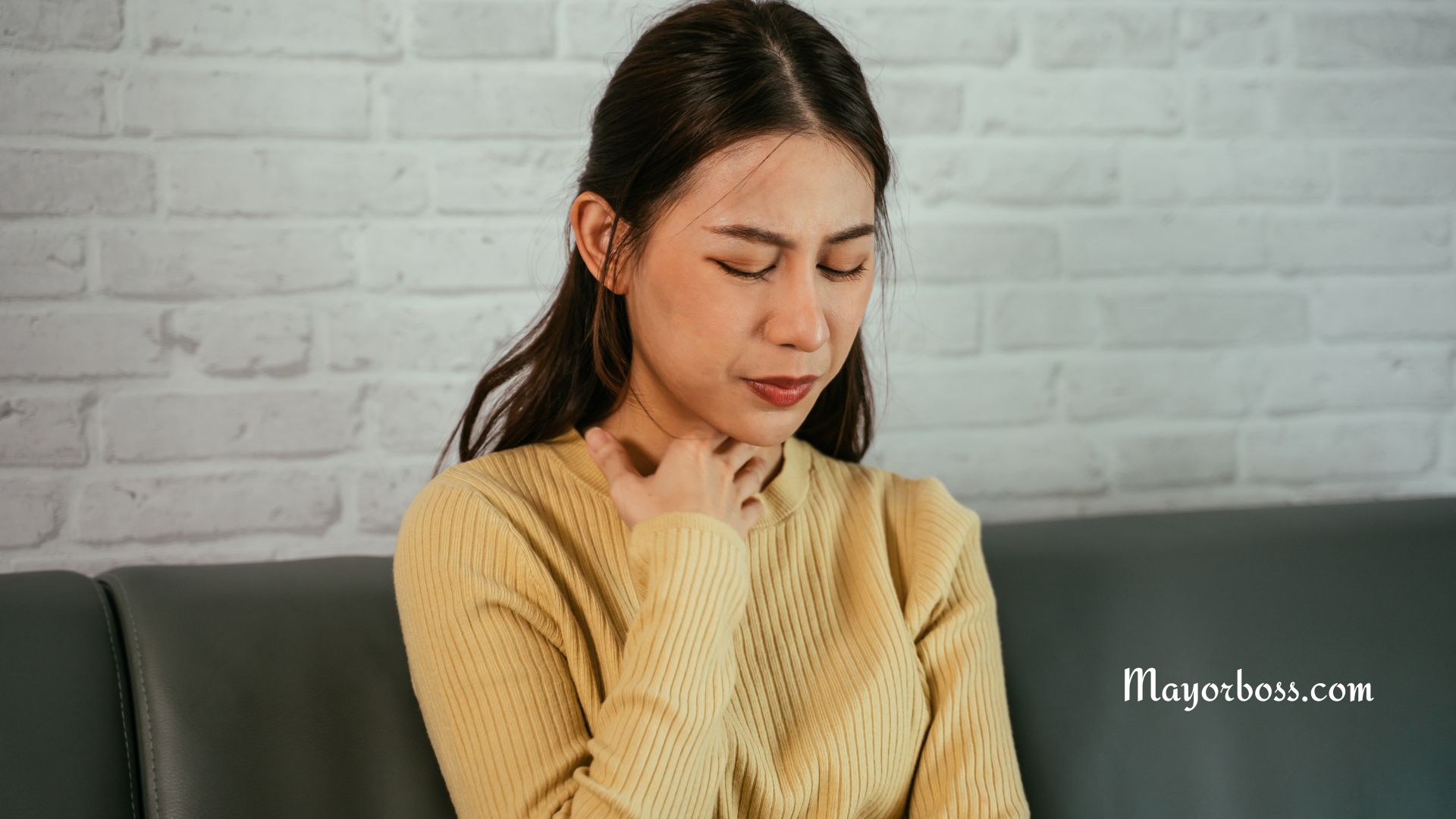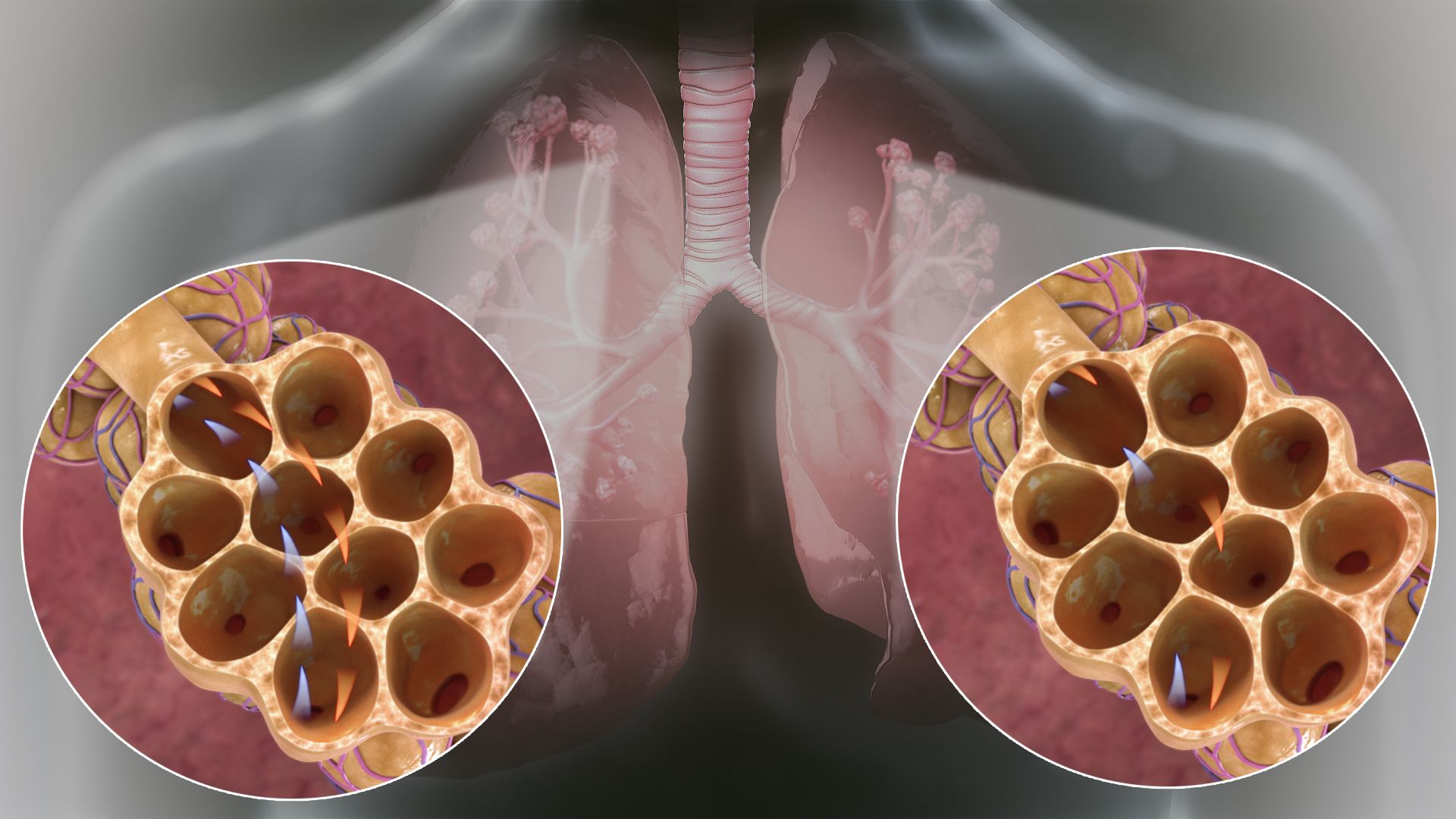Chronic Obstructive Pulmonary Disorder (COPD)
Have you ever struggled to take a deep breath, as if you were trying to inhale through a narrow straw? If so, you’ve experienced a taste of what Chronic Obstructive Pulmonary Disorder (COPD) feels like. This disorder affects millions worldwide, so let’s delve into what COPD is, its causes, symptoms, and treatment options.
What is Chronic Obstructive Pulmonary Disorder (COPD)?
Chronic Obstructive Pulmonary Disorder, or COPD, medically refers to a cluster of lung diseases that specifically block airflow, making it actually difficult to breathe. The two most common conditions that contribute to COPD are emphysema, which damages the air sacs (alveoli) in the lungs, and chronic bronchitis, which causes long-term inflammation of the bronchial tubes.
Causes of COPD
One of the leading causes of COPD is tobacco smoking. The chemicals in tobacco smoke can significantly damage your lungs and airways, leading to COPD. Additionally, exposure to harmful pollutants at work, secondhand smoke, or even environmental factors can increase your risk. Rarely, a genetic condition known as alpha-1-antitrypsin deficiency can also lead to COPD.
Symptoms of COPD
COPD develops gradually over the years, so you may not notice symptoms until the disease is advanced. Key symptoms include:
- Shortness of breath, particularly during physical activities
- Frequent coughing, with or without mucus
- Wheezing, which is a whistling sound when you breathe
- Tightness in the chest
- Frequent respiratory infections
If you experience these symptoms regularly, you should see a healthcare provider.
Stages of COPD
COPD is classified into four stages, depending on the severity of symptoms and the results of a lung function test (spirometry).
- Stage 1 (mild COPD): You might have a chronic cough with mucus, but you might not realize that your lung function has begun to decline.
- Stage 2 (moderate COPD): Shortness of breath becomes more noticeable, especially during physical activity. Your cough and mucus production may also increase.
- Stage 3 (severe COPD): Symptoms become even more severe, and flare-ups may become more common. Activities of daily life may start to become difficult.
- Stage 4 (very severe COPD): Breathing becomes extremely difficult. Quality of life is significantly impacted, and in some cases, flare-ups can be life-threatening.
Managing and Treating COPD
Although there’s no cure for COPD, treatment can help control symptoms, lower the chance of complications, and improve your ability to lead an active life. Here are the primary ways to manage and treat COPD:
- Quit Smoking: This is the most important step you can take to protect your lungs.
- Medications: Bronchodilators (which help relax the muscles around your airways) and inhaled steroids (which reduce airway inflammation) can manage symptoms of COPD.
- Pulmonary Rehabilitation: This program combines education, exercise training, nutrition advice, and counseling to help you manage your disease and improve your quality of life.
- Oxygen Therapy: If your blood oxygen levels are low, supplemental oxygen can help you breathe easier.
- Surgery or Lung Transplants: In severe cases, these procedures might be considered.
When to Seek Medical Help
If you experience symptoms of COPD, particularly if you’re a smoker or have been exposed to lung irritants for a long period, see a healthcare provider. Early detection can improve the effectiveness of treatments.
COPD is a serious, lifelong condition, but with the proper treatment and lifestyle adjustments, you can manage your symptoms and maintain an active, fulfilling life.






